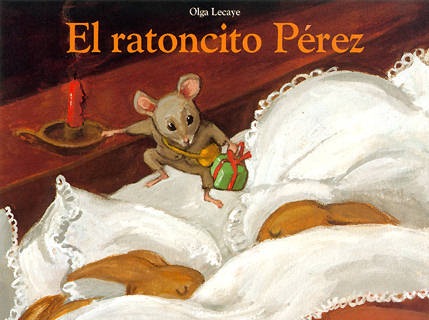Drama and Language Learning and reasons to explore language through performance
The aims of the new DFE POS for languages encourages us in both KS2 and KS3 to develop learners who can :
- Understand and respond to spoken and written languages from a variety of authentic sources
- Speak with increasing confidence, fluency and spontaneity,finding ways to communicate what...want to say
- Write at varying length for different purposes and audiences,using the variety of grammatical structures they have learnt
- Discover and develop an appreciation of a range of writing in the language studied
During this session at Ililc 2015 I intend to look at how we can develop communication skills in language learners from KS1,KS2 and KS3 and provide learners with a vehicle of self expression and creativity adding drama to language learning.I hope also to suggest APPS and use of IT to enhance the drama/language learning process and outcomes along the way too.
Drama and dramatic devices used in language learning promote:
- Better and more confident communication skills
- Inclusive participation
- Team work and appreciation of each others' creativity and performance
- An understanding of why intonation and pronunciation matter and how these can enhance character and covey meaning and emotion.
- Importance of the links between dialogue and actions to convey meaning
- Platforms upon which to develop independent creative writing
- Understanding of the importance of punctuation and accuracy in the choice and use of written language.
- Deeper and more creative understanding of text
- A purposeful reason to explore the skills of memorisation and tools to support the recall of language
Early language learning
- Voice Machines - sounds of the language and our voice machines (Audio Boom to capture those sounds!)
- Sunflower song active learning of simple language- numbers 1-10 linked to Springtime and growing plants. (Story Creator to capture the sunflowers growing taller and taller)
- Colour mimes and word association .Practising new language and finding ways to remember the sound and feel of new language. (Yakiyt for Kids)
- Stretchy sound and letter string balloons (Audio Boom balloons)
Exploring instructions and simple language.
- Parts of the body and puppeteers - listening, responding.
- Using Educreations APP to generate physical performance
- Mirror mirror on the wall (Step Five )
- Creative spoken language
- Flowing mime machines with rhythm and beat accompaniment and spoken word.
Asking and answering questions,speaking in full sentences and engaging in conversation
- Paper Puppets
- Superstar sketches.
- Puppet Pals APP to bring our conversations to life
- "Fancy dress" Quiz Quiz Swap (I-FunFace APP)
- Stage set triaramas with cultural speaking and writing attitude .Use of I-nigma APP to create spoken speech bubbles for the characters.
Now let's get dramatic!
- If a picture paints a 1000 words Anticipation Emotions displays (FotoBooth1 to generate our own emotions and feelings)
- Silent Movies , back stories and a taste of great literature (Capture the performance on Camcorders and IPads)'
- Going on an Autumn walk with poetry
- "Six characters in search of an author performance and a PicCollage to create Story Boards written outcome.
- 3D Art (Tiny Tap APP) (stage one, stage two, stage three.)

















